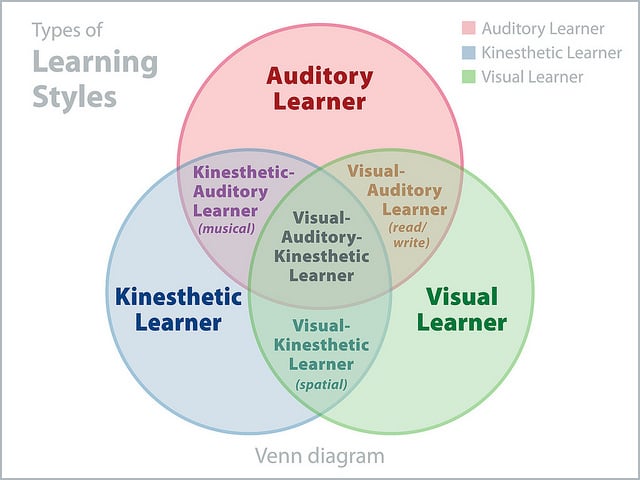How to Use an Intersectional Approach to Your Language Learning
So often, it’s easy to get sucked into the hype that buying a textbook or downloading a podcast will become the be-all end-all to our language learning journey, as if somehow money or surface effort are all it takes to master a living language.
Now more than ever, in the age of globalisation, it’s vital to use an intersectional approach to language learning. What do we mean by “intersectional?” It’s the application of multiple mediums to achieve a single goal. In the case of language learning, it’s necessary to not only invest in resources, but also to interact with all of your learning senses in ways that develop and grow each one.

Photo via Flickr
In order to capitalise on your time and effort while learning a language, here’s how you can exercise your senses effectively through an intersectional approach:
1. Read material everyday
By choosing to read materials in your target language every day, you can develop knowledge of grammar and vocabulary quickly and contextually. As the saying goes, it’s better to run a little every day that run a marathon once per month – apply this principle to language.

Photo via Flickr
2. Listen to podcasts and watch TV series or movies 3-4 times per week for sizeable time frames
Exercise your listening comprehension through media use multiple times per week. You’ll be surprised at how well you begin to understand the language, which will assist in boosting your confidence, as well.
3. Keep a journal (and write in the language!)
A great way to not only practice a language every day, but also practice writing every day, is to journal. Record your day’s events to learn more vocabulary that you normally may not use or learn on your own.
4. Use private and/or online tutoring to practise speaking and listening
Is there a shortage of native speakers with whom you can practise? Or, maybe you prefer having flexibility in your tutoring schedule? Either way, consider getting a private or online tutor to supplement your language learning experience. Having consistent practice on the regular will also help keep your brain active and attentive.
Need help with learning a language? Take a free placement test to see how your level measures up now!

Photo via Flickr
5. Find a language partner in your city (preferably a native speaker) to practise with
If possible, try to find someone with whom you can practise in-person. It’s best for language comprehension (especially if you desire to travel to that country one day) to practise with native speakers whenever you can. Be sure to keep it as consistent as possible.
6. Use books and other traditional resources to solidify your developing knowledge
Whenever you can and as much as you need to, use books and other “traditional” resources to aid your learning. Unless this is your preferred learning style, opt for other more interactive learning options before reading from a textbook. But, try to use as many mediums as you can for language practice, which includes textbooks.
7. Set short-, medium-, and long-term goals for yourself, then develop plans to accomplish them
Whether that’s studying to achieve an official language level one day or just improving enough to talk to a pen-pal, set realistic goals for yourself that you could be motivated to meet over time. These will help you maintain focus, even when the going gets tough later on.
How do you use an intersectional approach to your language studies? Share your ideas in the comments!
